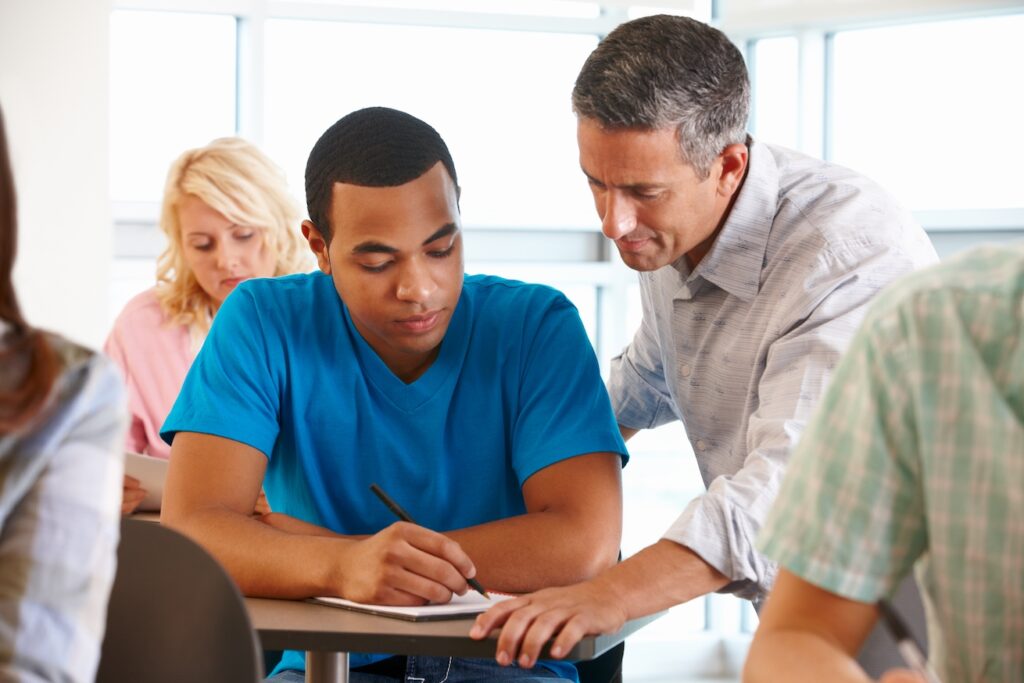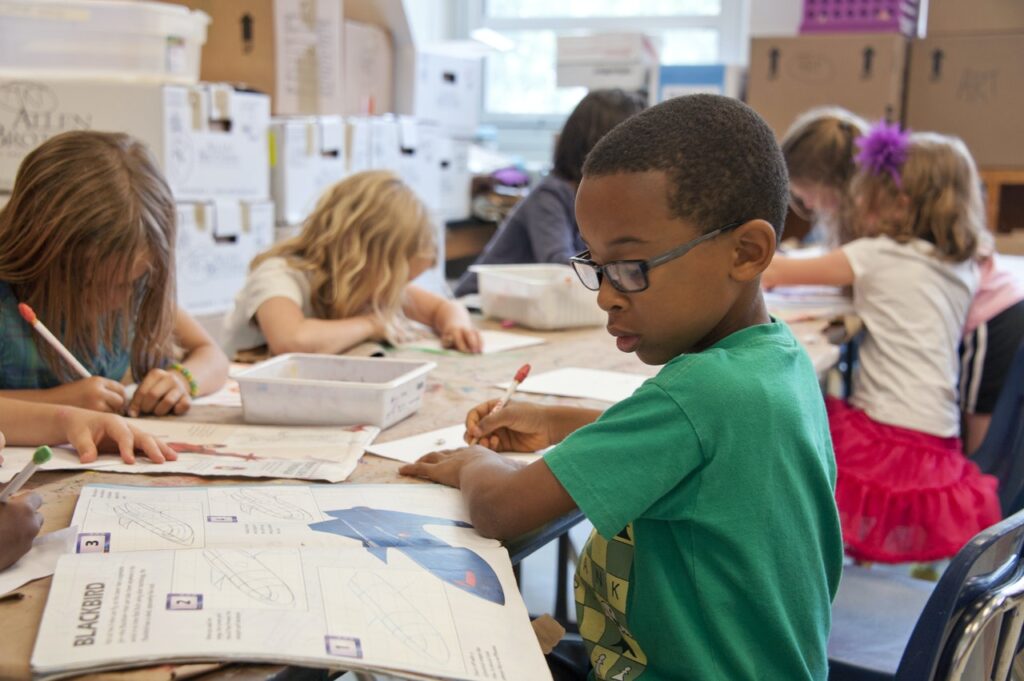As every teacher knows, their job often includes a lot more than just teaching their subject to the students. A teacher is also there to counsel students on whatever problems they might be having, guide and motivate them to do better and ensure they are safe at all times.
Unfortunately, bullying is a growing problem in all schools and it is not uncommon for kids to decide against reporting in fear that the conflict will only escalate. However, no one should turn a blind eye to this and teachers should not wait for someone to report another student to take action.
Seeing as how children can develop big emotional problems if the bullying goes on for a long time and no one comes to their aid, it is vital to take certain steps that can prevent bullying altogether or at least result in conflict resolution. What is more, students need to learn how to apologize and understand why that is important as well as be able to resolve future conflicts on their own.
So, if you are a teacher, you might be wondering what strategies you can use to help your students. Keep on reading for some suggestions.
Help them cool off

No problem can be resolved when the tensions are still running high. That is why the first step you have to make is to help the students calm down. While it seems obvious, we often tend to rush past this part and attempt to solve the problem before everyone is ready. They should cool off first and you can always find them again to work out the issue.
If you notice that students don’t have a way to cool down on their own, you should introduce them to various coping strategies and see which ones work best for them. For example, deep breathing is a great way for them to calm down. In case the kids are very young, you can give this exercise a fun name that will make it more interesting for them. Teach these to the whole class so that they know how to react when you are not around.
Introduce them to meditation

Another method that can help students calm down is meditation. What is more, meditation also plays a big role in reducing reactivity altogether. By applying these practices, children can learn how to react mindfully instead of acting in anger or on an urge that might make the problem worse.
According to Open Colleges, people have outdated beliefs about meditation and lack awareness when it comes to all the benefits, which is often the reason why it is not taught in schools. However, if you have the opportunity, introduce your students to all the previously mentioned benefits of meditation concerning conflict resolution and teach them how to respond in a mindful manner. For example, before reacting, they should pause and understand what they are feeling before choosing the way in which they will act. Challenging one’s assumptions, avoiding negative speech and suggesting a resolution in order to move forward and forgive everyone involved are essential steps people can take for a calmer approach. Encourage the entire class to meditate together, either at the beginning of the day or after recess, as meditation can not only fight anxiety, lower stress levels and boost their attention span, but it can also make them more empathetic.
Encourage them to share, listen and understand

Once a conflict has already happened, you need to find a strategy that will best suit the situation at hand. For instance, you can encourage the students to share their side of the story. They should use “I-sentences” to communicate how they were feeling and what led to the conflict in the first place.
On the other hand, they also need to listen to the kids they were in disagreement with and do their best to understand their point of view. After their fellow student has shared their opinion, they should try to paraphrase what has been said and come to the realization of what they can do to fix the problem. Moreover, they should make direct eye contact with the speaker, give positive reinforcements by smiling and nodding, and let them speak without interruptions. Teaching I-sentences to every class should help them express themselves much easier.
Try role-playing exercises

If simply sharing their feelings doesn’t seem to work, you can turn to role-play. You should get to the bottom of the conflict and assign roles so that everyone is placed in a role they would not find themselves otherwise, in a real-life situation. This will allow them to see things more objectively and understand other people’s points of view.
You should definitely consider this method of managing conflict in your classroom. From solving problems on their own to developing more empathy, there are many benefits to role-playing.
Ask them to write about the conflict
Some kids prefer writing down their feelings instead of talking about them. In that case, you can instruct them to write about the conflict they’ve experienced. That way, they can cool off and reflect on what happened and how they acted. Plus, it also helps improve their academic skills.
They should write about the conflict itself, how it made them feel and in what other ways they could have reacted. Ask them to list at least three things they could have done differently after having thought about it for a while.
Have them track various other conflicts

Other than writing about conflicts they were a part of, they should also observe what is happening around them and note it down in a journal. It doesn’t matter who was involved. What they should focus on is the activity and the reactions it caused. Furthermore, they might share their opinions and offer solutions for the conflicts in question.
Have them write during the entire school year, but ask them to share a story every once in a while. You will see how well they are progressing and be able to add more strategies if you see that those you are using are not working as you planned.
Regardless of whether it’s bullying or conflict, you need to present your students with various strategies that can help them reach a solution and learn to apologize, even when you’re not present. These kinds of strategies are essential in the development of the student as they progress through their schooling and crucially as they enter adulthood.







